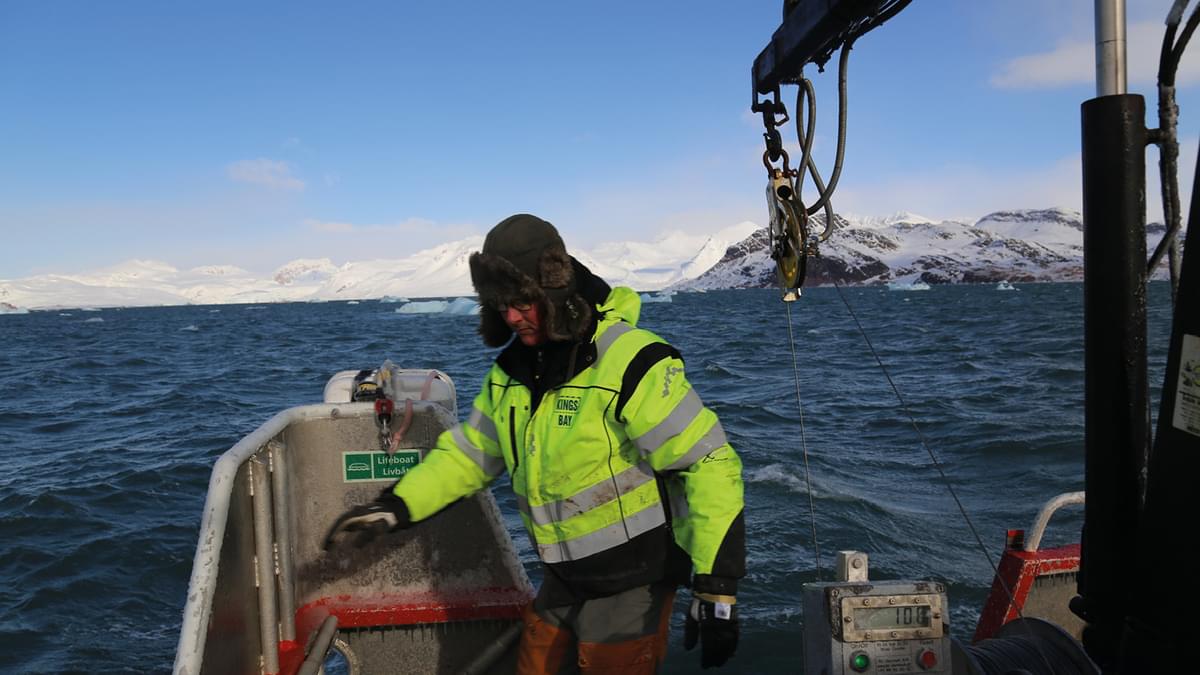
How is the Arctic Ocean changing?
This fun live lesson investigation aims to show how water becomes more acidic when carbon dioxide is bubbled through it. It demonstrates the link between carbon dioxide in the atmosphere and a process called ocean acidification, a change in the pH or acidity of the ocean. Students will also observe over time the effects of acid on shells.
Due to the COVID-19 pandemic, AXA Arctic Live 2021 live lessons will be delivered as a virtual event, with speakers joining from where they are, rather than from the UK's Arctic Research Station.
Curriculum Links
Chemistry and biology
- Use the pH scale for measuring acidity/alkalinity
- Explain the impact of human production of carbon dioxide on the environment and climate
- Working scientifically by observing over time, and using evidence to support conclusions
Preparation
If you have never joined a live lesson before, see the guidance hub, where you will find technical and educational support.
This live lesson is suited to all students studying geography. The activity is based around the ocean acidification in a cup and dissolving 'coral' and 'shells' in vinegar activities, part of the Frozen Oceans STEAM activities collection.
The lesson assumes no prior knowledge of the Arctic, but students may find it useful to have worked through a preparatory lesson.
Questions generated by your class can be submitted via the Encounter Live tab in your Encounter Edu profile.
Before the Session
Arrange students into small groups, and organise all resources needed for the experiments. A list for resources needed for Ocean acidification in a cup experiment can be found here and a list of resources needed for the Dissolving ‘coral’ and ‘shells’ in vinegar experiment can be found here.
Session Steps
1. Introduction (5 mins)
Jamie will open the session with a welcome and brief introduction to the Arctic and any shout-outs to registered classes.
Jamie and Helen will then explain that this investigation incorporates two activities, Ocean acidification in a cup and Dissolving ‘coral’ and ‘shells’ in vinegar. Use the hyperlinks above to find out what resources you need for each activity.
2. Subject knowledge (5 mins)
Jamie and Helen will speak about what ocean acidification is and how we can simulate an extreme version of ocean acidification right in the classroom. There will be a brief introduction to acids and alkalis and how the pH scale can be useful for comparing the acidity of liquids.
During this time students to get into their allocated groups and set up their experiments.
3. Activity time (20 mins)
Jamie will demonstrate how to set-up models of the ocean to demonstrate Ocean acidification in a cup. Jamie will ask your students to predict how the colour of the indicator may change, write your answers on the live chat. Jamie will then begin the experiment.
The next step is to set-up the activity to observe dissolving shells, or chalk, in an acid (in this case, vinegar). Join in the investigation live.
Helen will further discuss the significance of ocean acidification, extending the discussion to what happens to the rest of the food web if organisms such as clams and scallops were unable to grow and survive.
4. Q&A and conclusion (15 mins)
After completing the activity Jamie will be able to answer pre-submitted questions and take part in the live chat. At the end of the broadcast, Jamie will suggest some other activities you might like to try and what's coming up in the rest of Arctic Live 2021.
Speakers
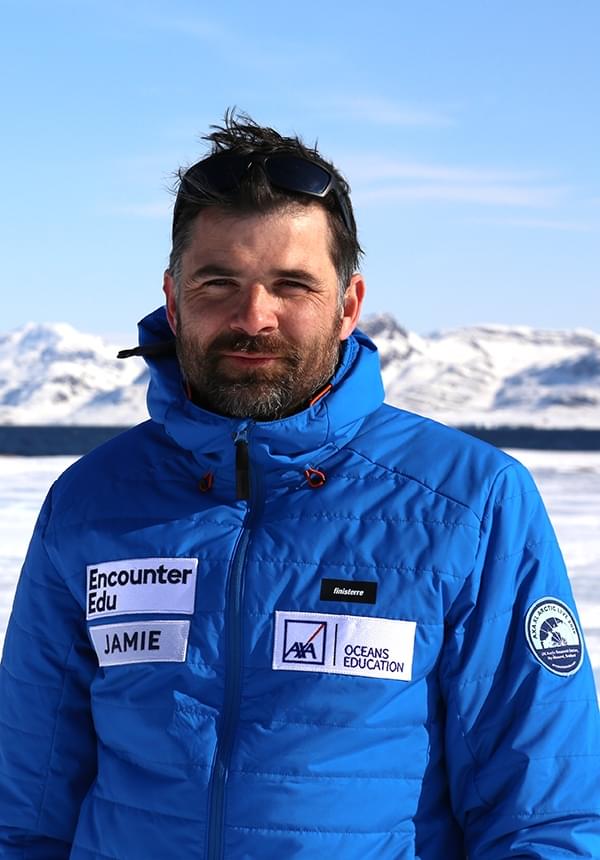
Jamie Buchanan-Dunlop
Executive Director, Encounter Edu
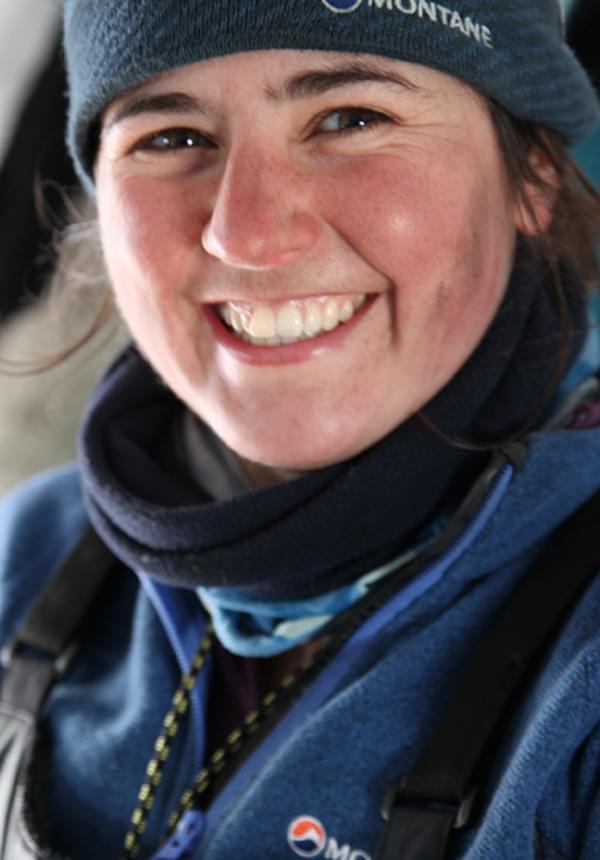
Dr Helen Findlay
Biological Oceanographer, Plymouth Marine Laboratory
Brought to you by
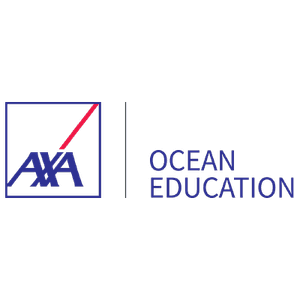

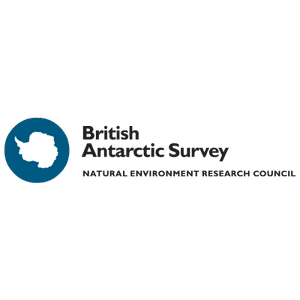
With the support of


How is the Arctic Ocean changing?
This fun live lesson investigation aims to show how water becomes more acidic when carbon dioxide is bubbled through it. It demonstrates the link between carbon dioxide in the atmosphere and a process called ocean acidification, a change in the pH or acidity of the ocean. Students will also observe over time the effects of acid on shells.
Due to the COVID-19 pandemic, AXA Arctic Live 2021 live lessons will be delivered as a virtual event, with speakers joining from where they are, rather than from the UK's Arctic Research Station.
Curriculum Links
Chemistry and biology
- Use the pH scale for measuring acidity/alkalinity
- Explain the impact of human production of carbon dioxide on the environment and climate
- Working scientifically by observing over time, and using evidence to support conclusions
Preparation
If you have never joined a live lesson before, see the guidance hub, where you will find technical and educational support.
This live lesson is suited to all students studying geography. The activity is based around the ocean acidification in a cup and dissolving 'coral' and 'shells' in vinegar activities, part of the Frozen Oceans STEAM activities collection.
The lesson assumes no prior knowledge of the Arctic, but students may find it useful to have worked through a preparatory lesson.
Questions generated by your class can be submitted via the Encounter Live tab in your Encounter Edu profile.
Before the Session
Arrange students into small groups, and organise all resources needed for the experiments. A list for resources needed for Ocean acidification in a cup experiment can be found here and a list of resources needed for the Dissolving ‘coral’ and ‘shells’ in vinegar experiment can be found here.
Session Steps
1. Introduction (5 mins)
Jamie will open the session with a welcome and brief introduction to the Arctic and any shout-outs to registered classes.
Jamie and Helen will then explain that this investigation incorporates two activities, Ocean acidification in a cup and Dissolving ‘coral’ and ‘shells’ in vinegar. Use the hyperlinks above to find out what resources you need for each activity.
2. Subject knowledge (5 mins)
Jamie and Helen will speak about what ocean acidification is and how we can simulate an extreme version of ocean acidification right in the classroom. There will be a brief introduction to acids and alkalis and how the pH scale can be useful for comparing the acidity of liquids.
During this time students to get into their allocated groups and set up their experiments.
3. Activity time (20 mins)
Jamie will demonstrate how to set-up models of the ocean to demonstrate Ocean acidification in a cup. Jamie will ask your students to predict how the colour of the indicator may change, write your answers on the live chat. Jamie will then begin the experiment.
The next step is to set-up the activity to observe dissolving shells, or chalk, in an acid (in this case, vinegar). Join in the investigation live.
Helen will further discuss the significance of ocean acidification, extending the discussion to what happens to the rest of the food web if organisms such as clams and scallops were unable to grow and survive.
4. Q&A and conclusion (15 mins)
After completing the activity Jamie will be able to answer pre-submitted questions and take part in the live chat. At the end of the broadcast, Jamie will suggest some other activities you might like to try and what's coming up in the rest of Arctic Live 2021.
Speakers

Jamie Buchanan-Dunlop
Executive Director, Encounter Edu

Dr Helen Findlay
Biological Oceanographer, Plymouth Marine Laboratory
Brought to you by



With the support of



